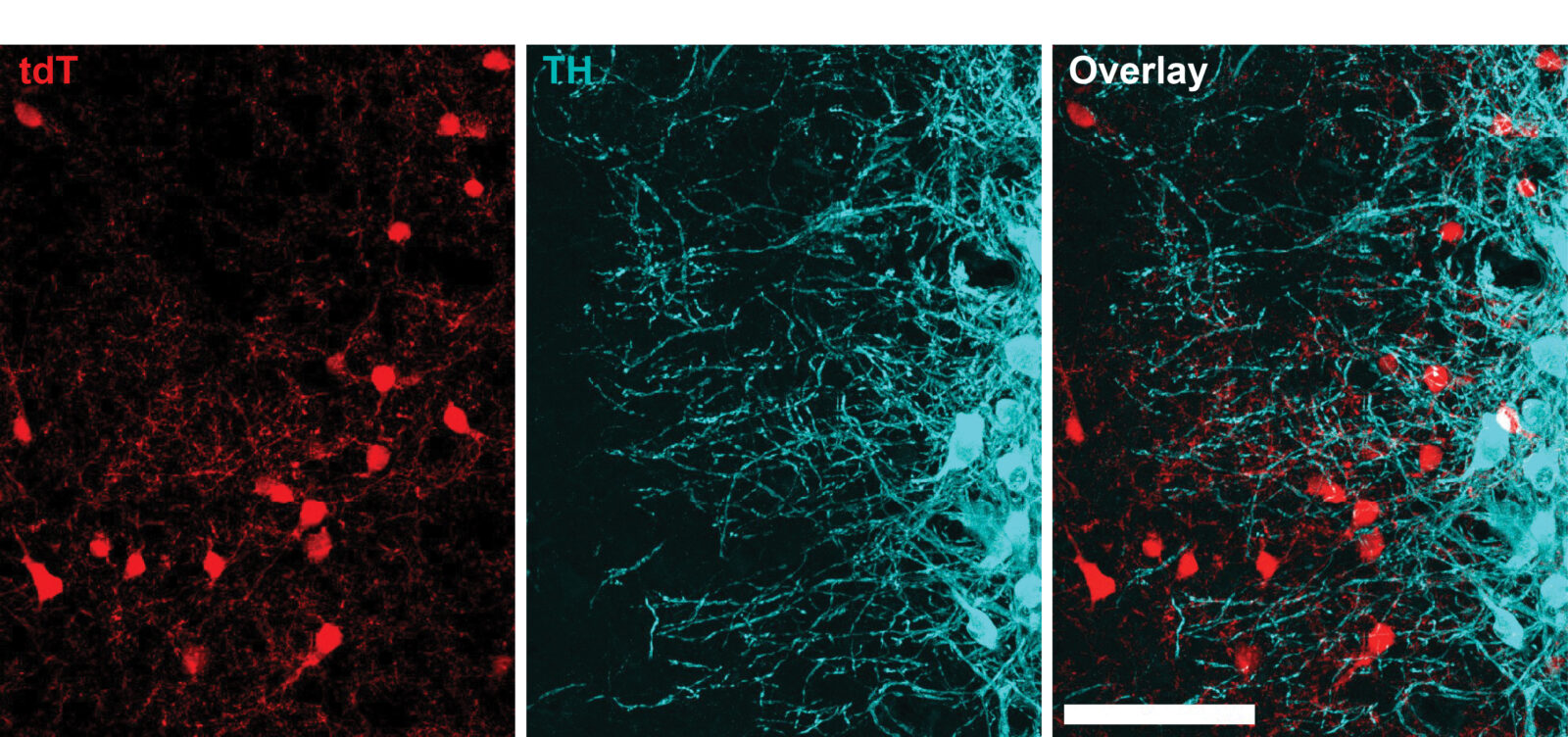
In a new study published in Science Advances, Dr. Danai Riga and colleagues explored how the brain’s built-in peptidergic systems help regulate its response to stress
The Locus Coeruleus (LC) is the brain’s main source of noradrenaline (NA) and a key “first responder” to stressful events. In challenging situations (e.g., fearful or anxiogenic environments), the LC-NA system drives critical functions such as arousal, attention, and decision-making, triggering rapid “fight-or-flight” responses. When this system becomes overactive, it can lead to heightened stress reactivity and contribute to conditions like anxiety disorders.
The researchers (Neuromodulation of Cognition) hypothesized that peptidergic neuromodulation might act as a natural brake on LC activity, thereby keeping our stress response in check. To investigate this, they used a combination of advanced techniques – genetic labelling, viral tracing, electrophysiology, imaging of peptide release dynamics, and in vivo chemogenetic and pharmacological interventions. They discovered a previously unknown group of Neuropeptide Y (NPY)-expressing neurons that surround the LC. These peri-LC NPY cells form inhibitory connections with LC neurons, dampening their activity. When the team activated or silenced these cells, they saw corresponding changes in anxiety-like behaviours, showing that this local NPY system plays a direct role in modulating the stress response.
Collectively, this work reveals a new circuit-level mechanism for how the brain responds to adversity, highlighting the importance of endogenous peptidergic signalling in maintaining adaptive responses to stress.